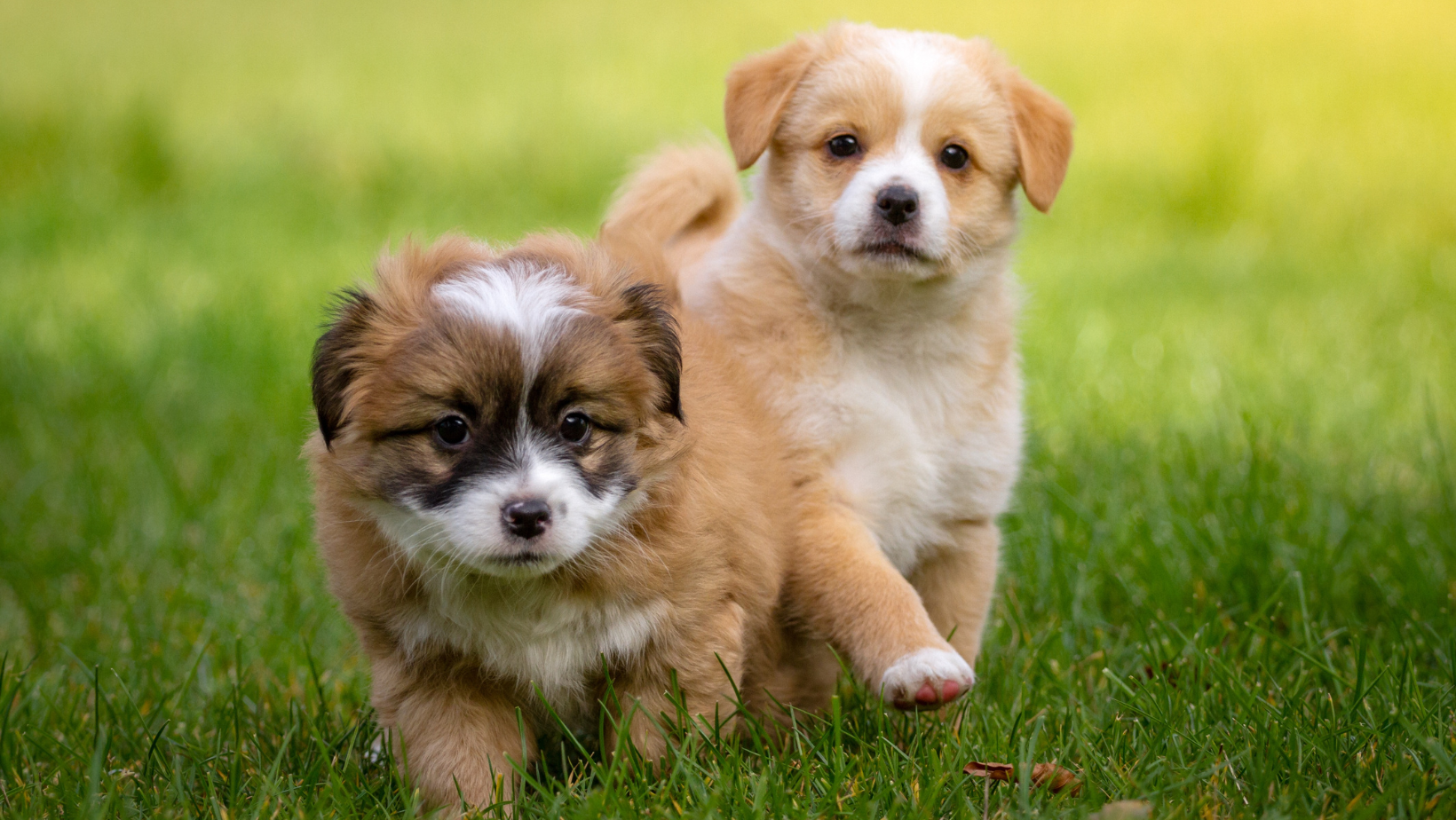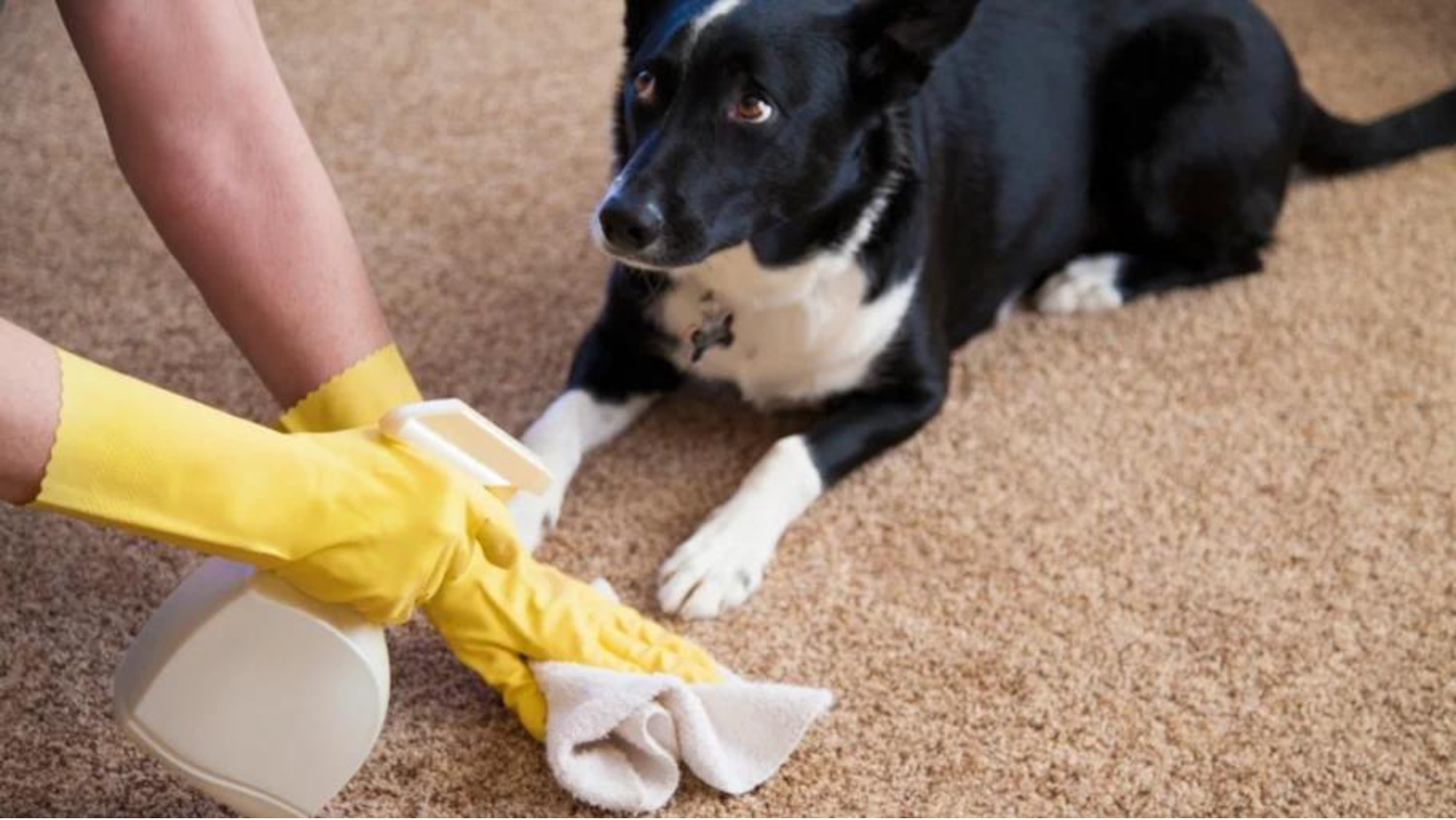Left & Right Turn- Dog Training
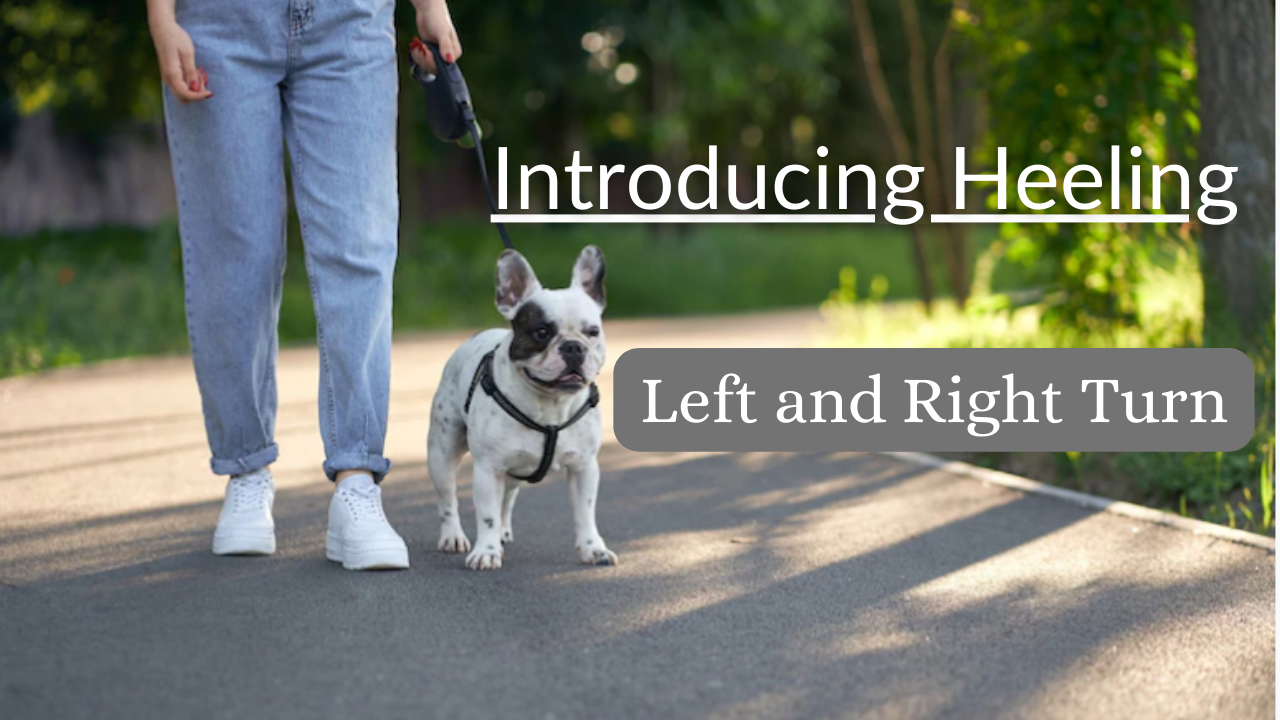
When heeling, right and left turns present some special challenges. In a perfect world, when your dog is
heeling, she’s supposed to be in an imaginary box just left of your left knee. That means that even when you
make a turn, your dog should never leave that imaginary box. But when turning either right or left, your dog
has to make speed adjustments in order to stay tight with you through the turn. Here’s how to make right
and left turns.
The Right Turn
Making a right-hand turn is a very short and tight move for you. All you have to do is quickly pivot on your
feet and turn around. However, your dog, if she’s going to stay in that imaginary box on your left-hand side,
will need to speed into the turn in order not to fall out of position.
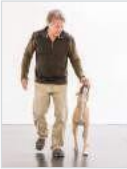
Begin with your dog
tightly focused on the
treat in your hand. Say,
“Good heel,” as your
positive marker.
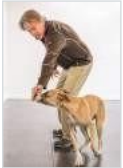
As you make your right
turn, continue to lure
her through it. If she’s
sufficiently motivated
by the treat, she should
be driving hard into the
turn at this point.
 As soon as your turn is
As soon as your turn is
completed, let your dog
take two or three healthy
bites off the string cheese
or whatever you’re using.
You want your dog to
associate a right-hand
turn with an extra-large
treat. This will help keep
her focused and learn to
cut the tightest possible
turn with you.
Mix It Up and Change Pace
As you develop a heel routine that includes walking in a straight line and turns, add complexity by changing your pace. Remember, the challenge is to teach your dog to stay with you in an imaginary box on your left-hand side NO MATTER WHAT. So the minute you’ve got your routine down, begin changing your pace to challenge your dog. First, walk at a normal pace. Then, without much cue, slow down to a geriatric walk. Then shift to power-walk mode, and then back to normal. Mix it up and keep it challenging.
What If My Dog Falls Out of Position?
Up to this point in training, the emphasis is on positive reinforcement. However, if your dog falls out of position, use your negative marker, “ah-ah”. Then use your treat to lure her back to the proper spot. Perhaps adjust your pace and pattern to make it a bit easier, and practice more at that level before mixing things up and increasing the challenge.
The Left Turn
The left turn presents precisely the opposite problem of the right turn. In this case, in order for your dog to
stay in that imaginary box on your left side, she needs to slow down in order to let you go around her.
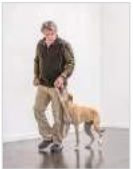
Begin with your dog in
heel and tightly focused
on the treat in your hand.
Say, “Good heel.”
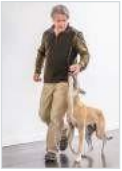
As you approach your
left turn, pull your treat
up slightly (almost like
a hand brake in a car).
This will help slow down
your dog; in time, this
motion will cue her that
a left turn is coming.
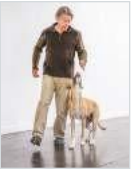
Once your dog has slowed
down, begin your turn
by stepping across the
front of your dog with your
right leg. She’ll be able
to see this coming, and
this becomes another cue
about the impending left
turn.

Continue to move
through the turn,
keeping your dog tightly
focused on the treat.
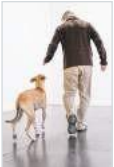
Through the entire
exercise, talk to your
dog and praise her
with “good heel.”
Finish in a Sit
When practicing heeling, always finish in a sit. To do this right, timing is key. You have to say “sit” just before
you come to a halt. This will cue your dog that you’re about to stop and enable her to do the same at precisely
the same moment. If you miss this timing, your dog will always tend to sit slightly out of step and a little
ahead of you.
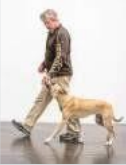
As you walk, make
sure your dog is tightly
focused on the treat.
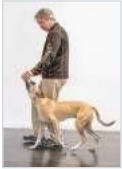
Just before you come
to a halt, say, “Sit,”
and pull your treat hand
up and back over your
dog’s head, as if you
were pulling the hand
brake on a car.
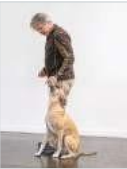
As her rear end hits the
ground, deliver the treat
and praise with a “good
sit.”
Note:
Heel is an exercise that has duration over time, so deliver the positive marker “good heel” repeatedly throughout the exercise,
especially when delivering the treat. Encouraging and praising your dog throughout this exercise is very important. Remember, you’re demanding a very high level of attention from her. That means that you have to give quite a bit of attention yourself. Relationships are a two-way street, and this exercise has both transactional and relational components. In other words, DO NOT be quiet and semi-engaged during this exercise or your dog will lose interest, and that’ll be on you.



